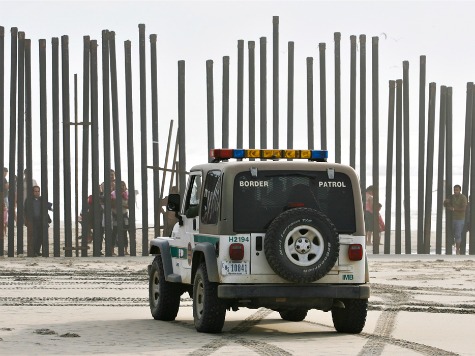
The Senate is working on a three-step immigration proposal that will enable illegal immigrants in the country to apply for provisional legal status and, eventually, green cards only after officials have determined various “border-security” targets have been met, American businesses implement E-Verify, and a port security system to prevent people from overstaying their visas has been implemented.
According to the Wall Street Journal, the Senate bill would allow illegal immigrants to apply for provisional status six months after Homeland Security officials are tasked to report to Congress about what measures the country needs to secure the border and meet a 90% apprehension rate.
These illegal immigrants will not be able to apply for green cards until other E-Verity and border-security targets are met.
If these “border-security” targets are not met in five years, the Senate would require a commission of “border-state officials” to make recommendations to meet the 90% apprehension goal.
Businesses will also have five years to phase-in an E-Verify employment verification system.
Further, the Senate will propose an “electronic system to monitor everyone who exits from the U.S. through airports or seaports” to reduce the number of people who overstay their visas. By many estimates, those who overstay their visas account for nearly 50% of all illegal immigrants.
Only after the border security targets are met and the “visa exit and full E-Verity systems have been implemented” will illegal immigrants be able to apply for green cards after 10 years, according to the Journal.
Legislators will have to define which areas along the border will be considered “high-risk”–and subject to the 90% apprehension requirement–and these standards could change. There may be debates about the what the bureaucratic definition of “high risk” should be.
The “apprehension rate” would include people “who turned back after entering the U.S., as well as people detained.” How the rate is measured could also be subject to modification.
According to the Journal, the “price tag for the additional security measures is unclear, but it is likely to be costly.” The Migration Policy Institute found that the U.S. government “spent $18 billion in fiscal 2012 on federal immigration enforcement, more than all the other main federal law-enforcement agencies combined.” Senators may rely on budgetary gimmicks in addition to offsetting “security costs with additional revenue from fines and fees” to try to fund the various programs.

COMMENTS
Please let us know if you're having issues with commenting.